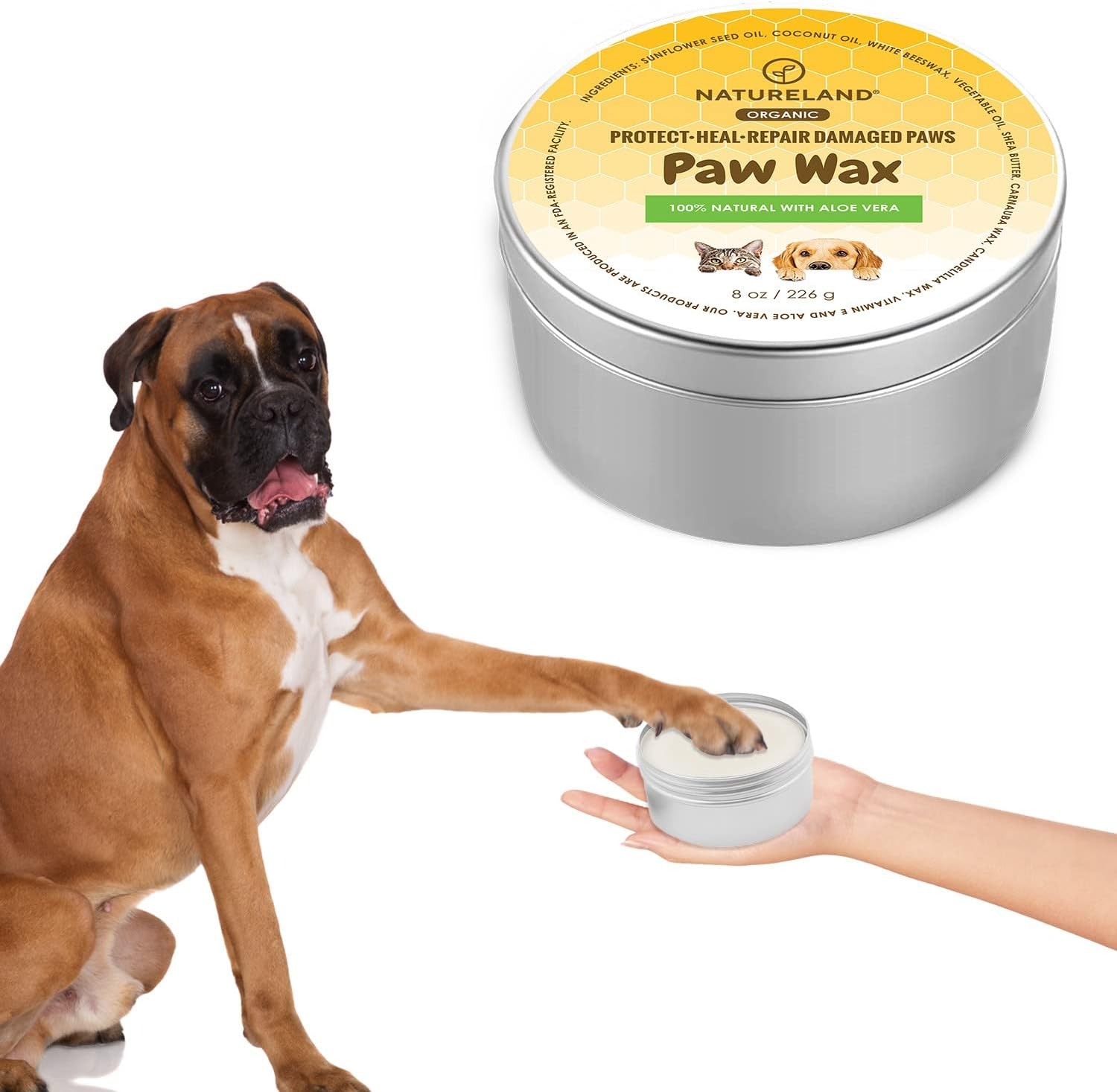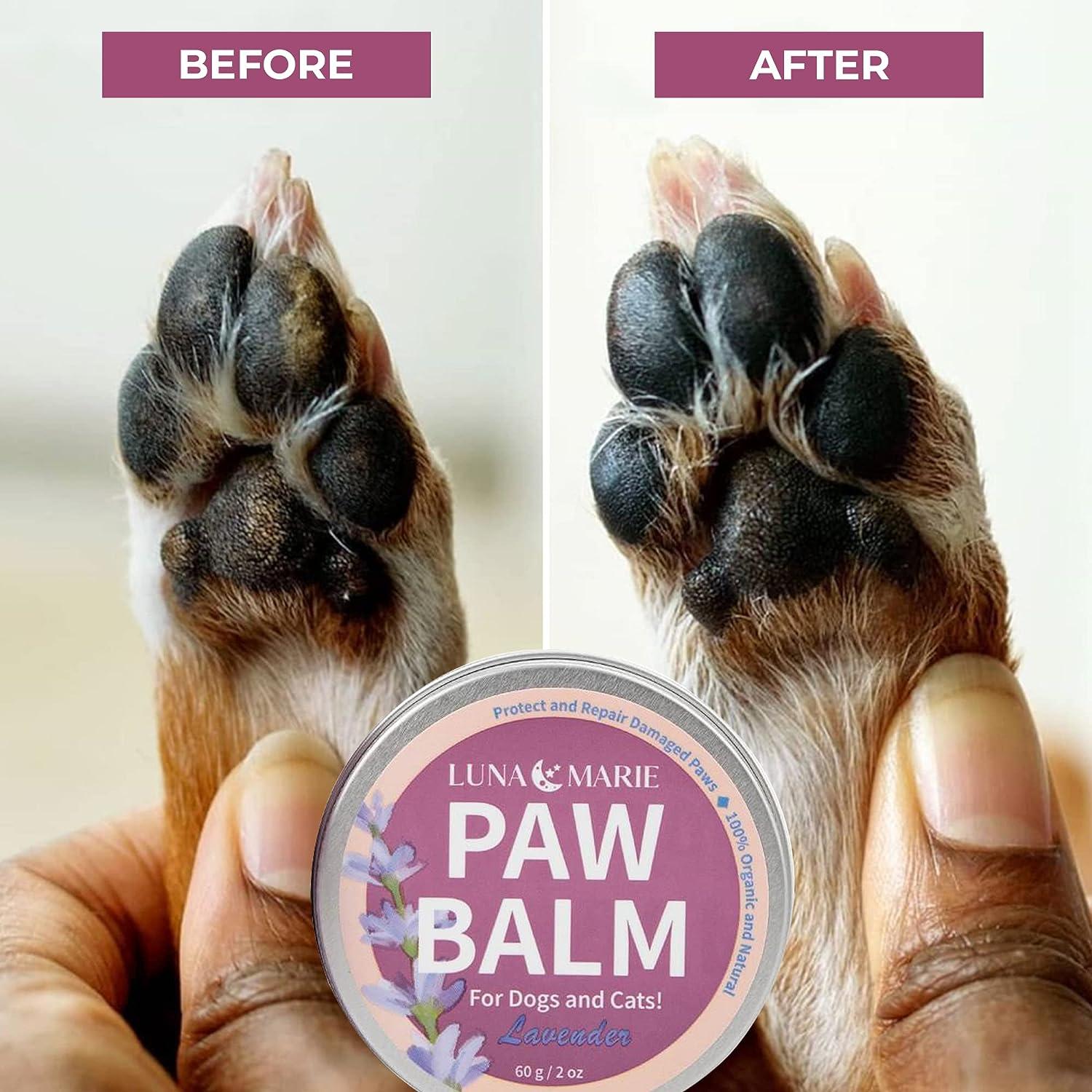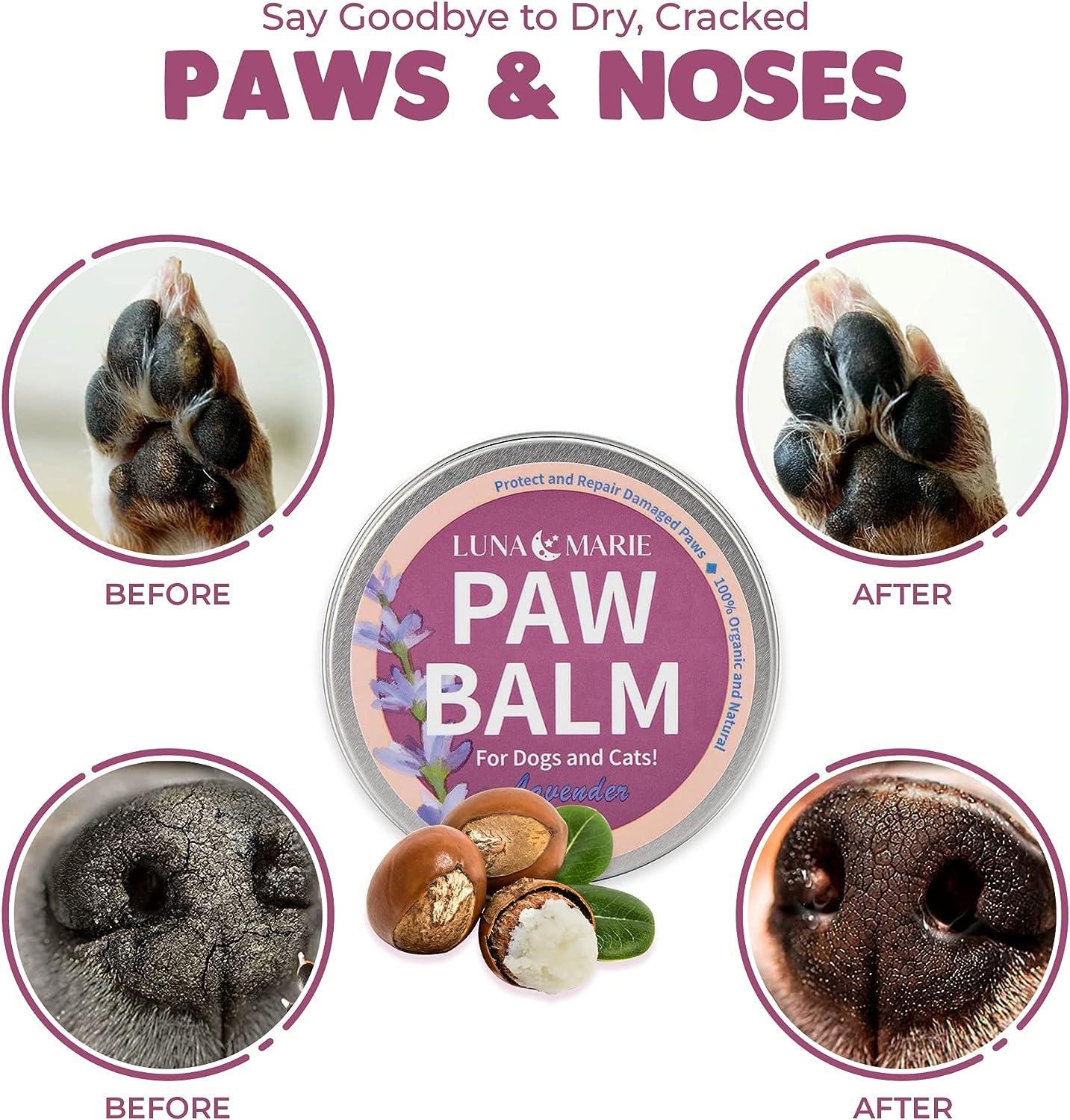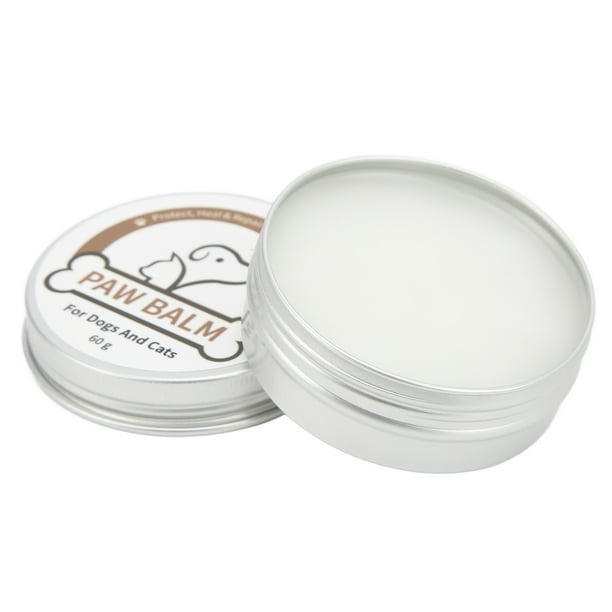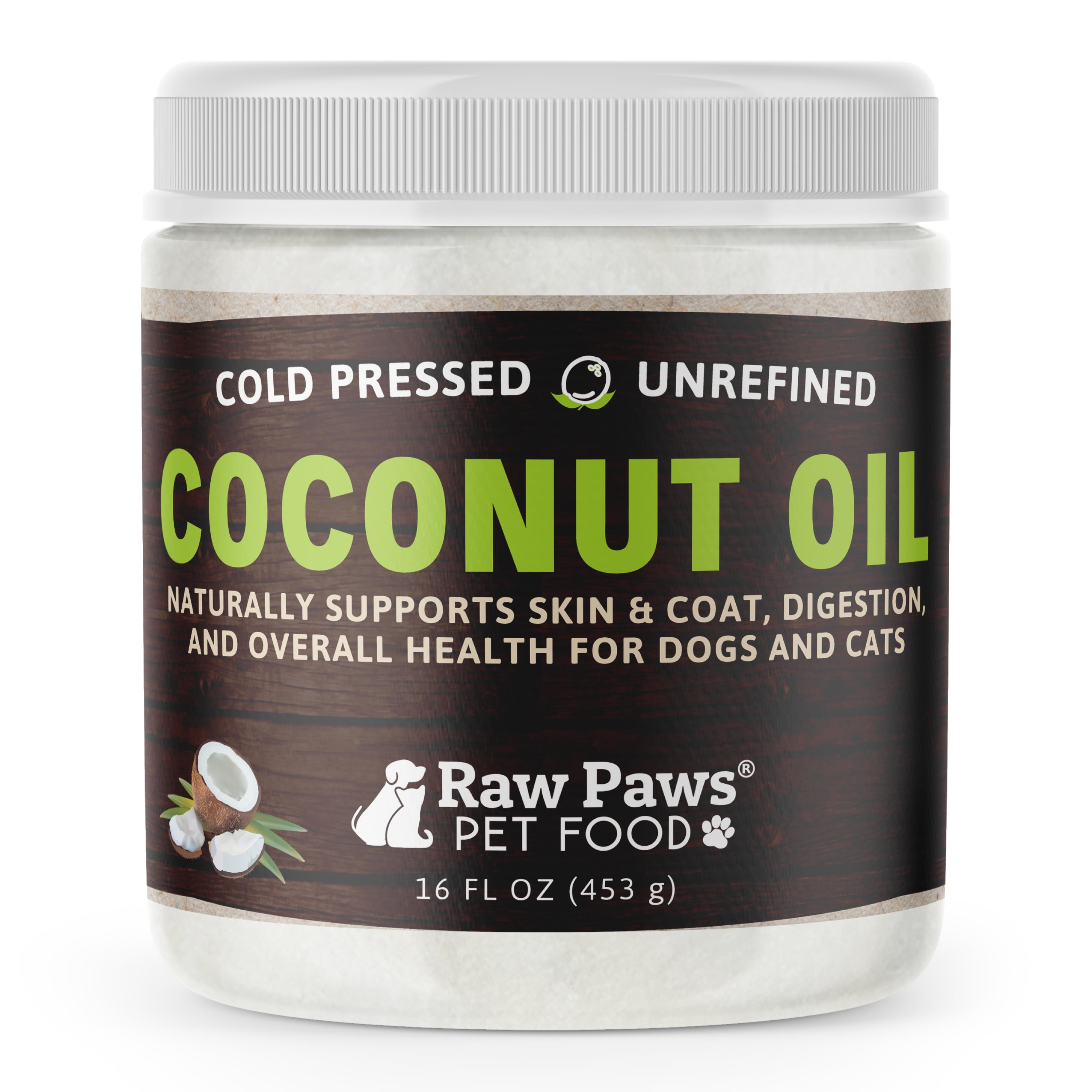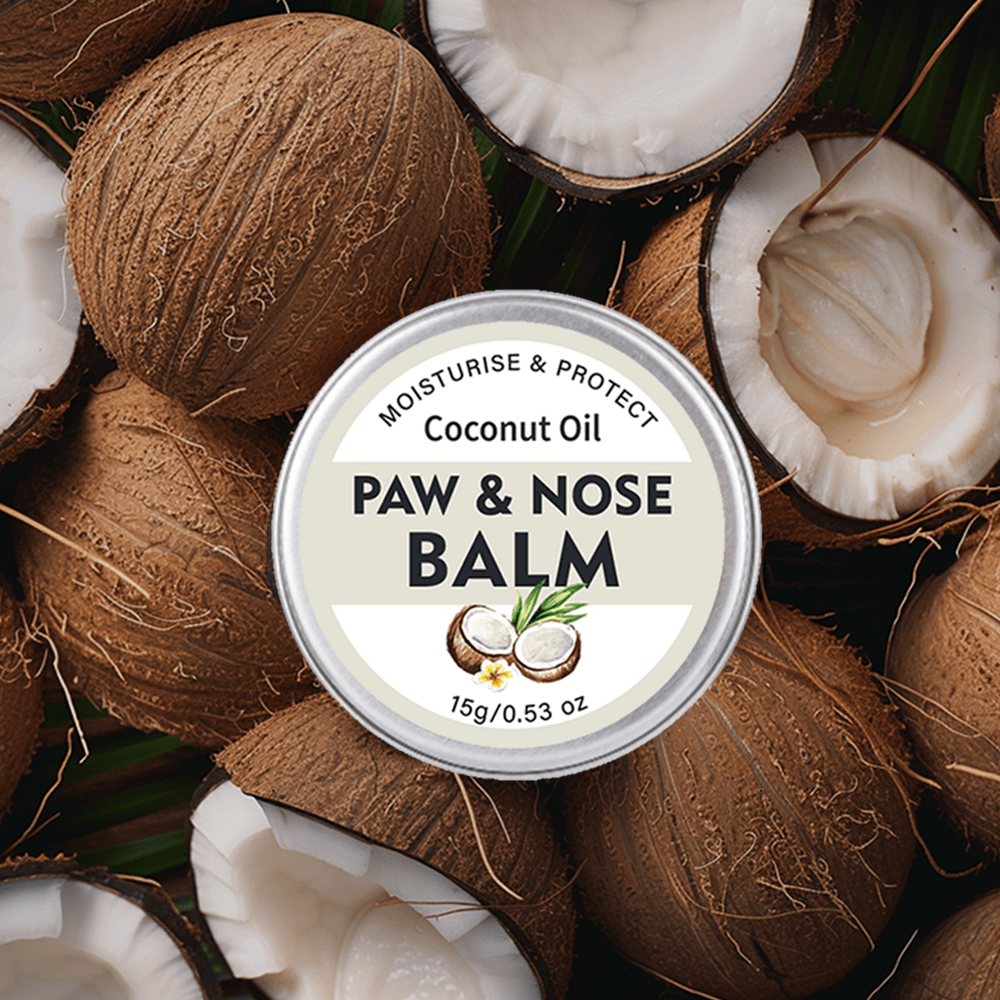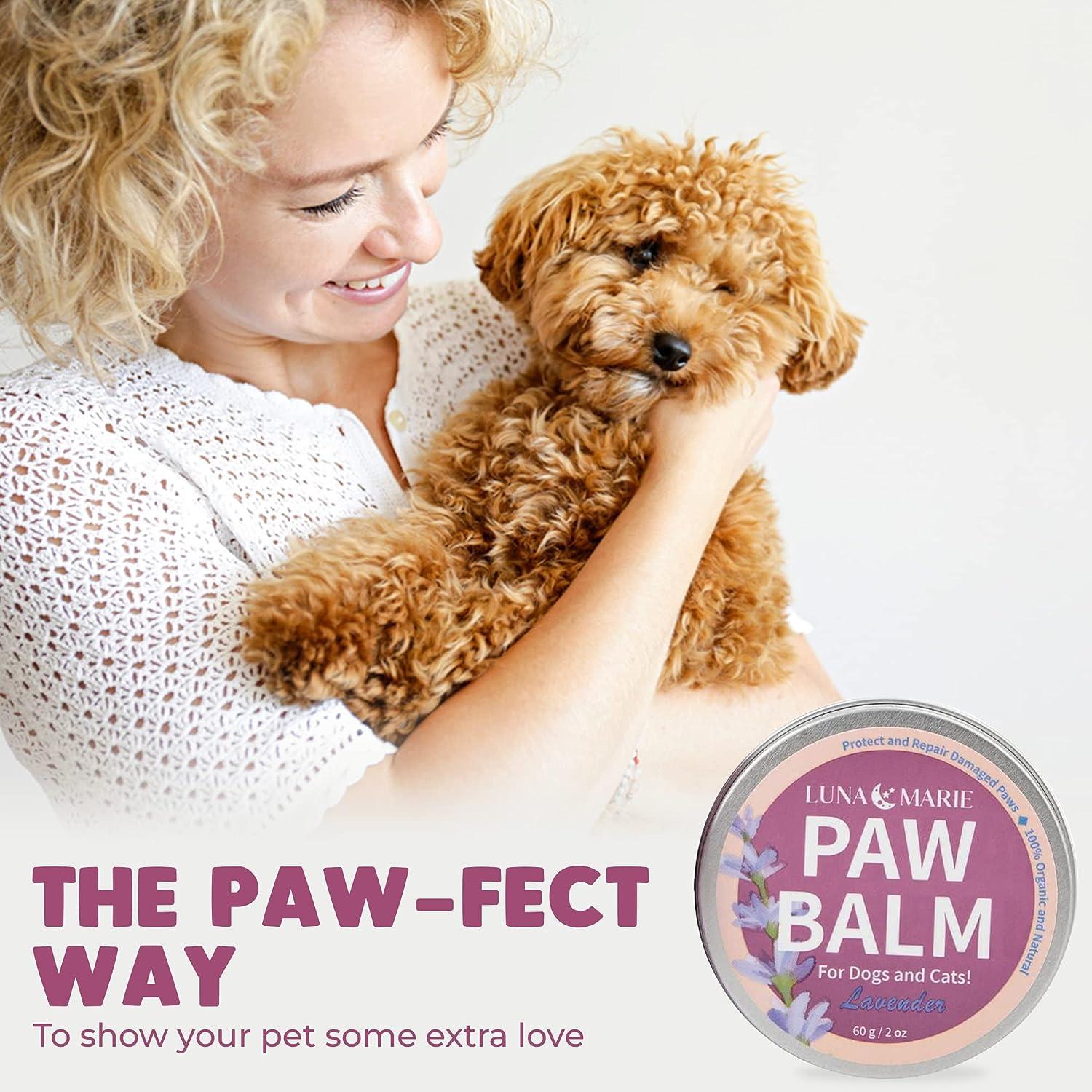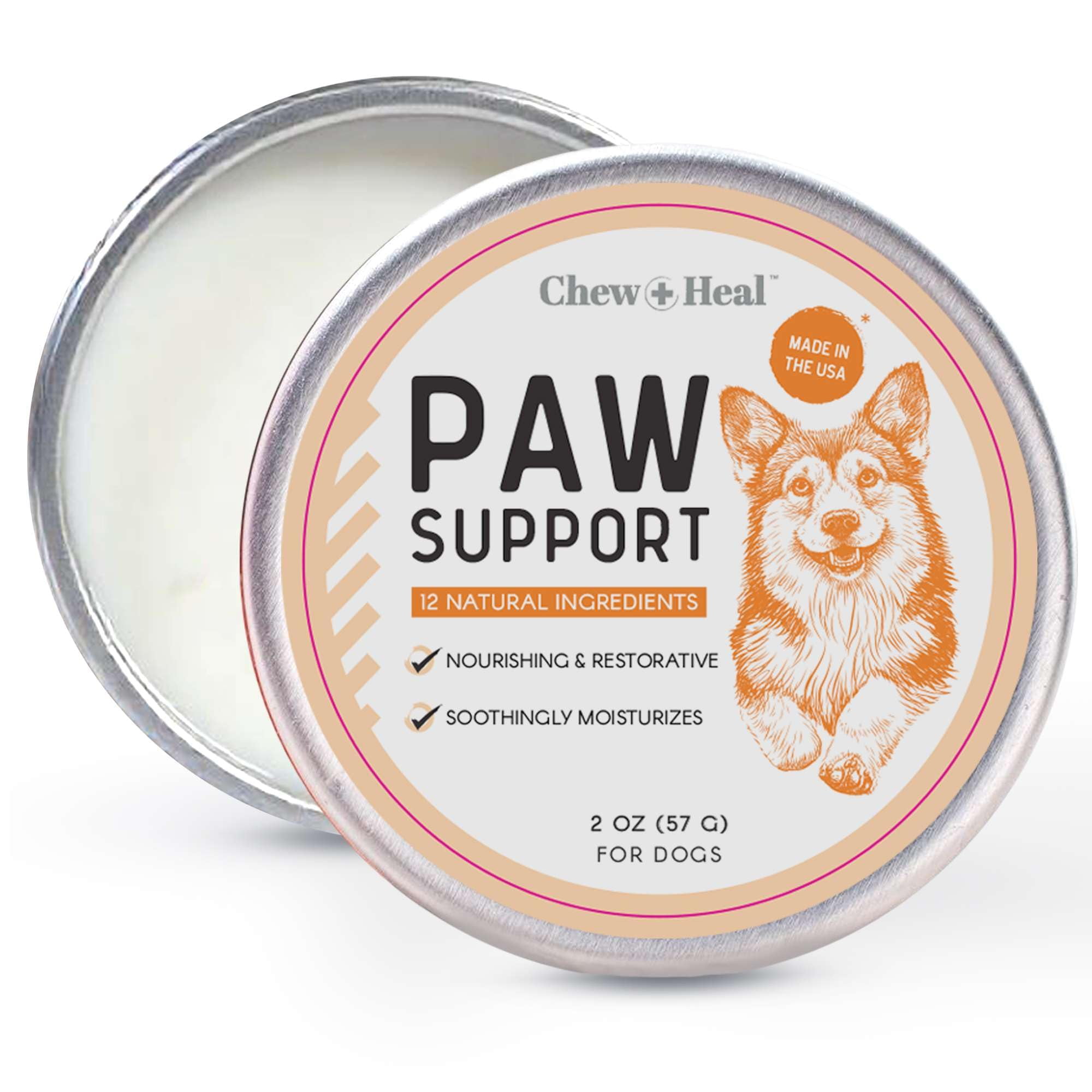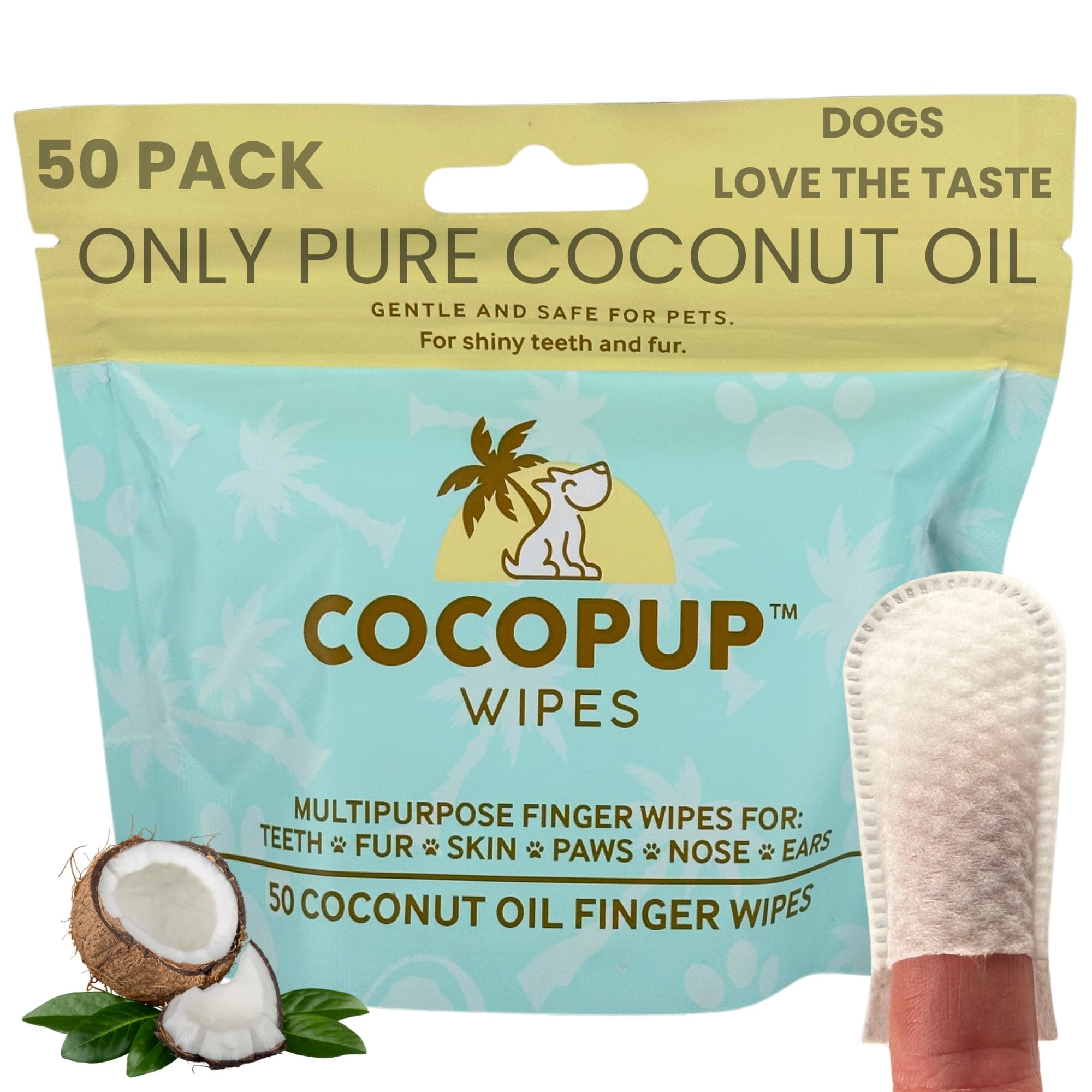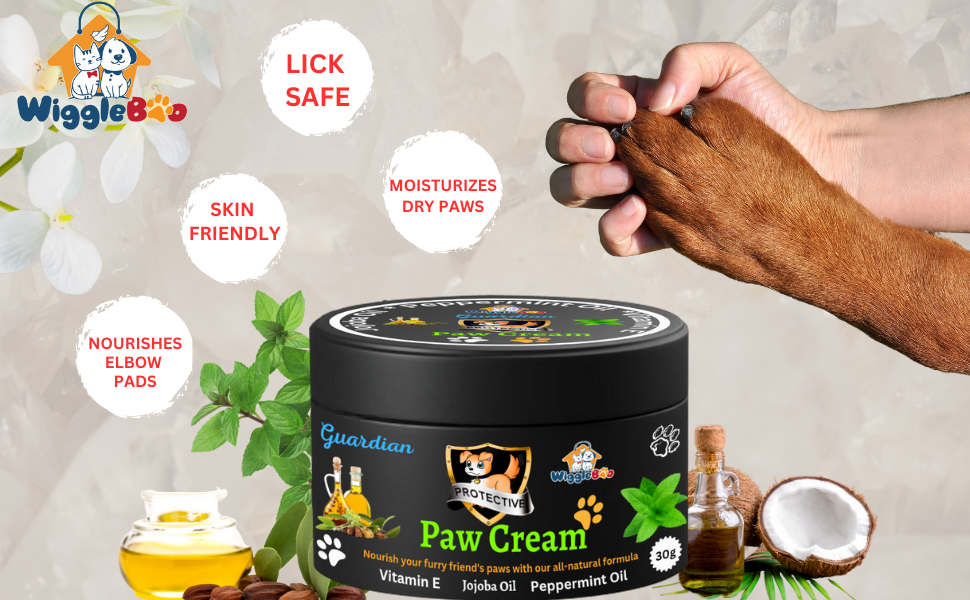Coconut Oil On Dog Paw Pads

Dog owners are constantly searching for ways to ensure their furry companions' well-being. Among the various approaches, the use of coconut oil on dog paw pads has gained traction, sparking both enthusiasm and caution among veterinarians and pet professionals.
This article explores the potential benefits and drawbacks of this increasingly popular practice, delving into the science behind it and offering guidance for dog owners considering this approach.
The Rise of Coconut Oil in Pet Care
The appeal of coconut oil stems from its perceived natural qualities and the anecdotal evidence shared by many dog owners. They have reported improvements in paw pad dryness, cracking, and overall skin health after topical application.
This widespread popularity has led to a surge in online recommendations and discussions surrounding coconut oil's use on dogs.
What is Coconut Oil?
Coconut oil is a vegetable oil extracted from the kernel of mature coconuts. It is rich in saturated fats, primarily medium-chain triglycerides (MCTs), including lauric acid, capric acid, and caprylic acid.
These MCTs are believed to possess antimicrobial and anti-inflammatory properties, which are often cited as reasons for its potential benefits.
Potential Benefits for Dog Paw Pads
Advocates of coconut oil for dog paw pads highlight several potential advantages. These include moisturizing dry and cracked pads, creating a protective barrier against harsh surfaces, and potentially reducing inflammation.
Some owners also believe it can help soothe irritated skin caused by allergies or environmental factors. However, it is important to consider these as potential benefits, and not as definitive cures.
A 2015 study published in the journal Dermatitis found that virgin coconut oil effectively moisturized skin in humans. This supports the idea it could similarly hydrate dog paws, although direct research on canine paws remains limited.
Moisturization and Hydration
Dry and cracked paw pads can be a common issue, especially in dogs exposed to extreme weather conditions or rough terrains. Coconut oil acts as an emollient, meaning it can help to soften and moisturize the skin.
This can potentially alleviate discomfort and prevent further cracking.
Antimicrobial Properties
The MCTs in coconut oil, particularly lauric acid, possess antimicrobial properties. These might help to combat bacteria and fungi that could contribute to paw pad infections.
However, it’s crucial to understand that coconut oil is not a substitute for veterinary treatment for diagnosed infections.
Protection Against Environmental Factors
Applying a thin layer of coconut oil can create a barrier that protects paw pads from harsh surfaces like hot pavement or ice. It can also shield them from irritants like salt or chemicals used for de-icing.
This protective layer can help prevent damage and discomfort.
Potential Risks and Considerations
Despite the reported benefits, it’s important to acknowledge potential risks and considerations. Overuse, allergies, and gastrointestinal upset are among the concerns.
Proper application and consultation with a veterinarian are crucial to minimize any adverse effects.
Allergic Reactions
While rare, some dogs may be allergic to coconut oil. An allergic reaction could manifest as skin irritation, redness, itching, or even hives.
It's always recommended to test a small area of the paw pad before applying coconut oil extensively. If signs of allergy occur, discontinue use immediately.
Gastrointestinal Upset
If a dog ingests a significant amount of coconut oil, it can lead to gastrointestinal upset, including diarrhea or vomiting. To prevent this, apply coconut oil sparingly and monitor your dog to ensure they don't excessively lick their paws.
Using a cone or sock may be necessary to prevent ingestion after application.
Quality of Coconut Oil
The type of coconut oil used is also a factor. Virgin coconut oil, which is minimally processed, is generally considered the best option.
Avoid using refined or processed coconut oils that may contain additives or chemicals that could be harmful to your dog.
Veterinary Perspectives and Recommendations
Veterinarians have mixed opinions on the use of coconut oil for dog paw pads. While some acknowledge its potential benefits, others emphasize the lack of extensive scientific evidence to support its widespread use.
Most veterinarians agree that it should not be used as a primary treatment for underlying skin conditions or infections.
"Coconut oil can be a helpful addition to a dog's skincare routine, but it's not a replacement for veterinary care," says Dr. Emily Carter, a veterinarian specializing in dermatology.
"If your dog has persistent paw pad issues, it's crucial to consult with a veterinarian to identify the underlying cause and determine the most appropriate treatment plan."
Conclusion
Coconut oil can potentially offer some benefits for dog paw pads, such as moisturizing dry skin and providing a protective barrier. However, it's not a magic bullet and should be used cautiously.
Always consult with your veterinarian before incorporating coconut oil into your dog's skincare routine, especially if they have existing skin conditions or allergies.
With proper application and careful monitoring, coconut oil can be a safe and beneficial addition to your dog's overall well-being.
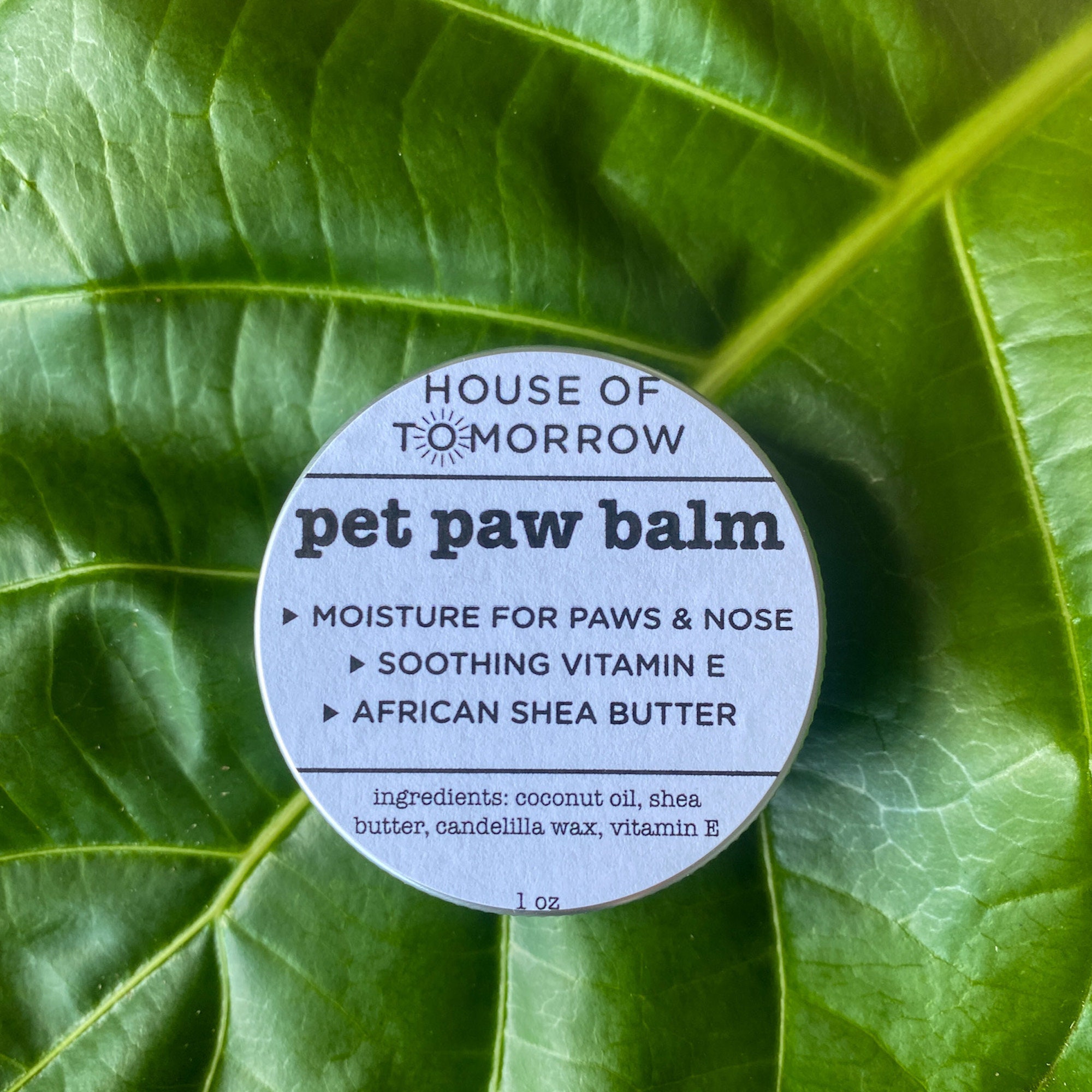
![Coconut Oil On Dog Paw Pads Coconut Oil for Cracked Dog Paws [Step By Step Guide]](https://dogdorable.com/wp-content/uploads/2021/08/coconut-oil-for-cracked-dog-paws-Featured.jpg)
